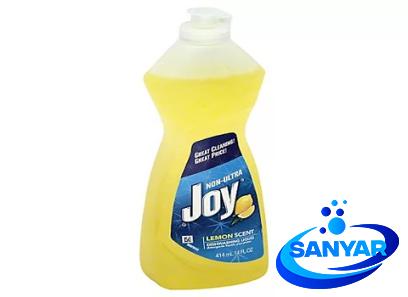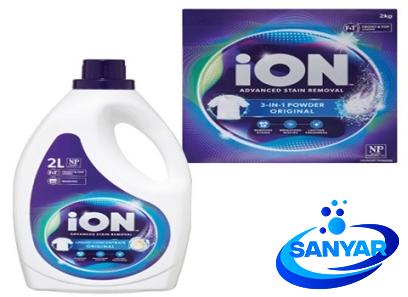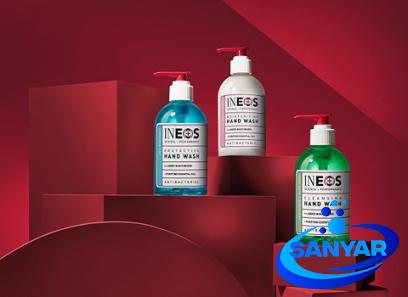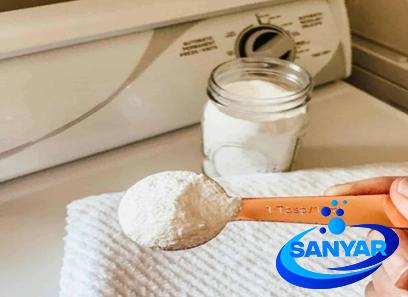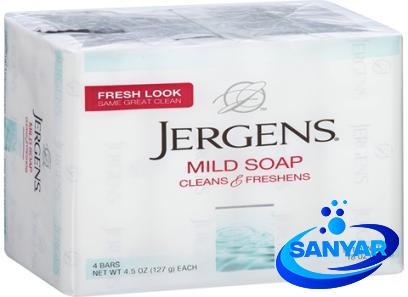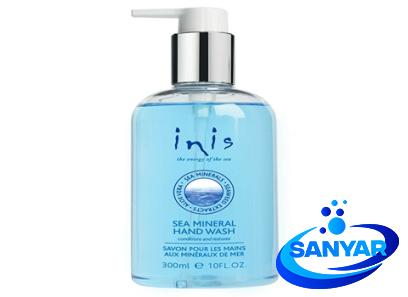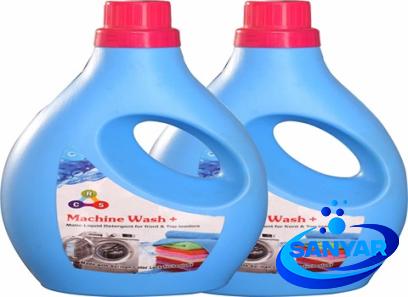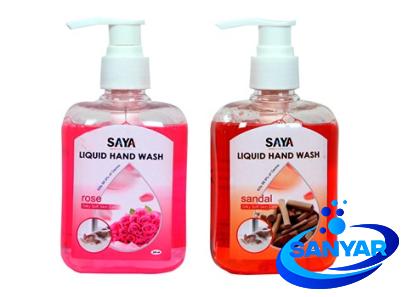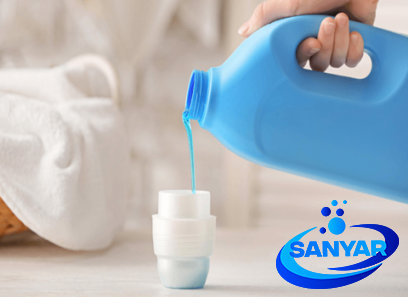Purchase and day price of hygiene laundry detergent
The hygiene laundry detergent market size has grown exponentially in the last few years
One of the reasons for this is the increasing demand from emerging economies such as China and India
Now the hygiene laundry detergent market is worth 5$ billion and is expected to grow at a CAGR of 6$ (compound annual growth rate) of 6%
The hygiene laundry detergent market has seen many new entrants in the past few years, this has led to fierce competition among the players in this market which has led to a decline in their profits
A major factor that has led to this growth is the shift in consumer preferences away from synthetic chemicals and toward natural ingredients and eco-friendly products, as also new technologies such as smart washing machines
One of the major opportunities that lie in this market is the growing demand from emerging economies, these economies offer huge potential for growth as they have an immense untapped market
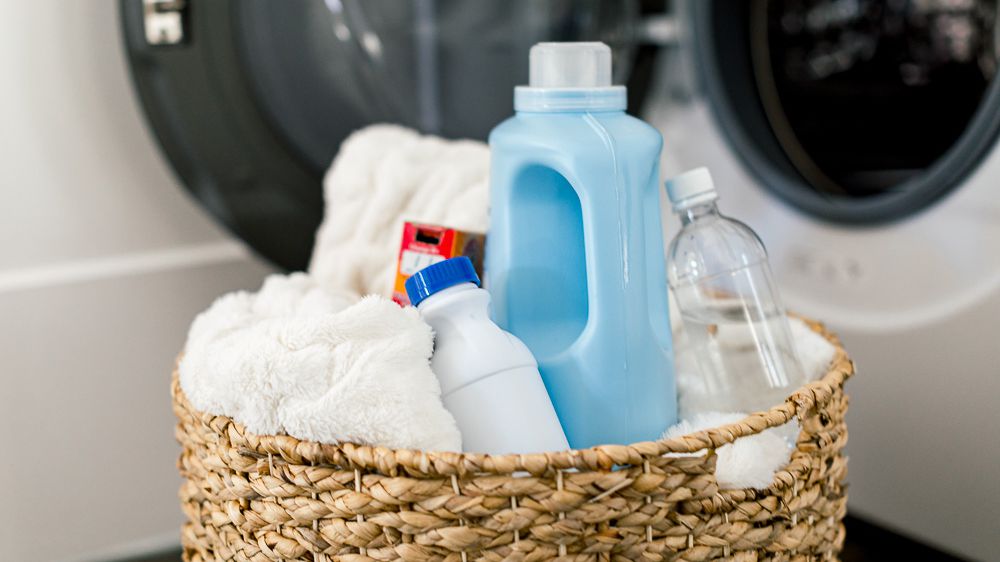
The hygiene laundry detergent companies should look at these untapped markets to see better returns on investment and also be able to dominate the global hygiene laundry detergent market
Another opportunity in this growing hygiene laundry detergent market is the increasing demand for health and wellness products
Many new startups have entered this field which has led to better options for consumers who prefer to keep away from synthetic chemicals and go toward natural ingredients and eco-friendly products
Laundry Detergent Market Segmentation
Laundry detergent market segmentation is an important tool for marketers
It helps in understanding the consumers and the products they are interested in, this knowledge can be used to develop marketing strategies and advertisements that will resonate with them
The laundry detergent market is segmented based on the type of product, the type of application, and the region
The market has been segmented on the basis of types into powder, liquid, and bar form
On the basis of application, it has been segmented into home use and industrial use
And on the basis of the region, it has been segmented into North America, Europe, Asia Pacific, and the rest of the world
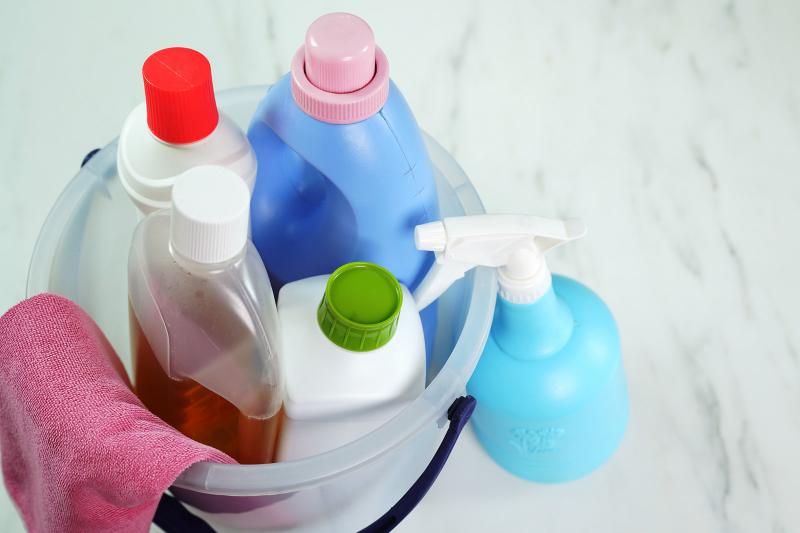
And also the laundry detergent market is segmented into three sectors which are: economy, premium, and luxury
Economy detergents are the cheapest and most popular in the market because they are the most affordable for consumers
Premium detergents are more expensive than the economy but offer better quality and benefits such as stain removal
Luxury detergents are the most expensive in the market but offer a luxurious experience with their fragrances and packaging and also the quality is high
Liquid Detergent Market
Liquid detergent is a type of detergent that is in liquid form
This product has grown to be the most popular type of detergent in the world and has become more popular due to its convenience, effectiveness, and eco-friendliness
liquid detergents are convenient because they don’t need to be diluted with water before use as traditional laundry soap products do
They are also more effective because they clean better than traditional laundry soap products and can remove stains without pre-treating them like traditional laundry soap products usually require
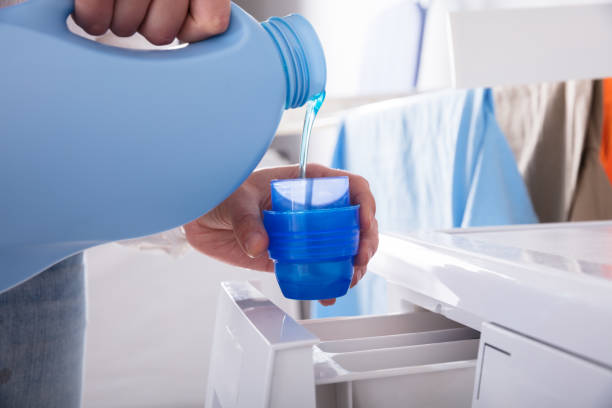
The detergent market is a large and growing industry with over $25 billion in annual sales
With the emergence of new technologies such as AI-powered laundry care, it is expected that the market will only grow in size
Currently, liquid detergents dominate the market for laundry care products
This is because they are easier to use and are less expensive than other products like powders or tablets
In addition, liquid detergents have an edge over traditional powdered detergents because they do not require any kind of measuring or mixing and can be used in any type of machine
The liquid detergent market can be efficiently segmented into three major categories: washing machine liquids, dishwashing liquids, and handwashing liquids
Washing machine liquids are used to clean clothes of various materials in a washing machine
Such materials include cotton, wool, silk, and synthetic fibers
These products are targeted toward small-scale laundry operations
These products are also used to clean clothes of various materials in a washing machine by combining them with powdered detergents at the right ratio
Laundry Detergent Trends
Laundry detergent trends are changing
The detergents that we use to wash our clothes have been evolving over the years
They have been getting more and more environmentally friendly
There are now eco-friendly laundry detergents that are made from plant-based ingredients, such as coconut and palm oil
These plant-based ingredients work just as well as traditional synthetic detergents, but they do not pollute the environment as the latter does
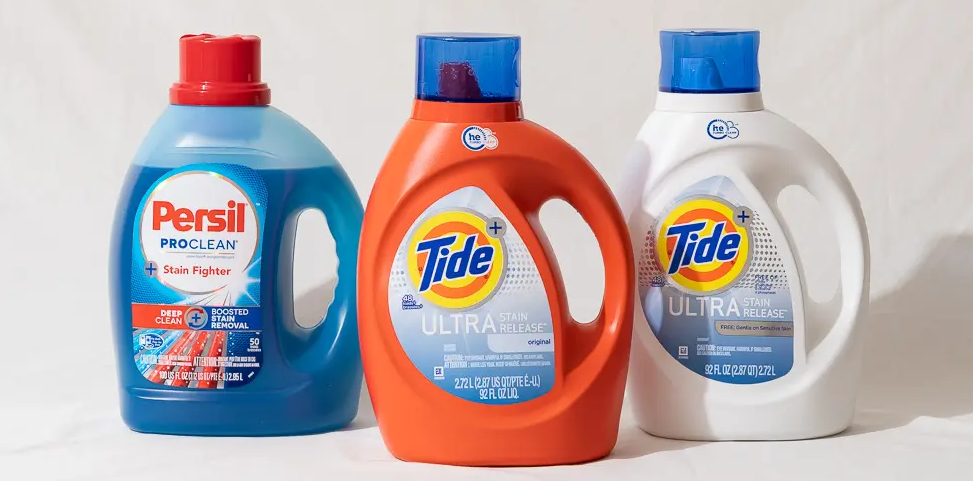
There are some companies that are leading this trend by introducing products that contain natural ingredients like plant-based surfactants, essential oils, and plant-based enzymes
They have also introduced products with fragrance-free formulas for those who prefer not to have a perfumey scent in their clothes
And some laundry detergent brands are now making more than just soap, they have started producing fabric softeners, stain removers, and other laundry care products in order to cater to the needs of their customers
Also, some brands have even started using plant-based ingredients in their products instead of traditional detergent ingredients like sodium lauryl sulfate (SLS) or linear alkyl benzene sulfonate (LAS)
Africa Detergent Market
Africa is a continent with the world’s second-largest population and is home to more than 50 countries
The African continent has a huge market for detergents because of the high demand for clean water
However, it is still underdeveloped in terms of detergent production, and the market is mainly dominated by imported goods
The detergent market in Africa is currently growing at an alarming rate
The African market for detergents has grown from just over $1 billion in 2014 to $2
3 billion in 2018, and it is predicted that it will grow to $4
1 billion by 2025
This growth can be attributed to increased urbanization and increased affluence
However, there are still a number of challenges that the African detergent market faces
These include poor infrastructure and lack of supply from local manufacturers
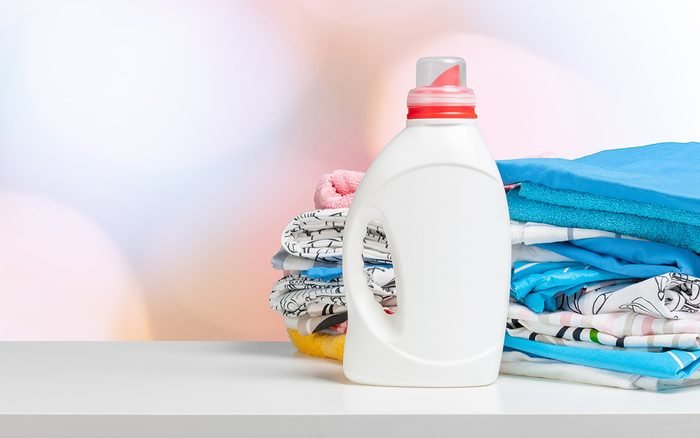
This can be attributed to the fact that most of the manufacturing facilities in Africa are currently owned by foreign companies, and this reduces competition for these firms
The presence of these foreign manufacturers does not only reduce competition locally but also deters local companies from entering the market, citing tough conditions as their reason
